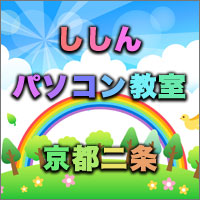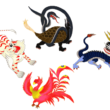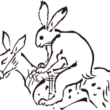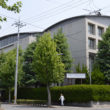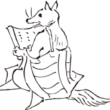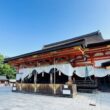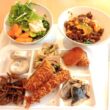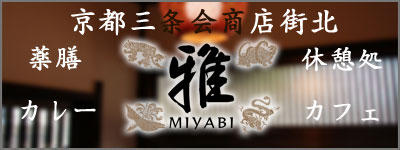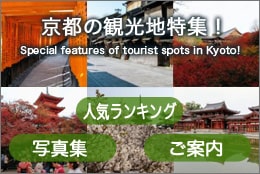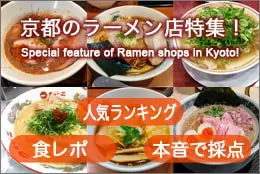Enryakuji Temple on Mt. Hieizan, a large temple that protects the capital
Posted date:2024-02-22Author:じゅうべい(Jubei) Transrator:ポンタ(Ponta)
Category:Kyoto tourist spot , Buddhist Stories
adsense4
Good, good, great view.

Nemoto Center Hall on Mt. Hieizan.
That day was my 123th birthday, and as my own 123th birthday present, I was carrying myself to Hieizan Enryaku-ji, the head temple of the Tendai sect after a long time. Why? Nothing particularly. There is no need of reasons.
Enryaku-ji, the temple originated from Saicho having built Ichijosi-kannin on Mt. Hieizai on the northern eastern of Heian-kyo in 788 (Enryaku 7). Nemoto Center Hall, the center of it, the Yakushi Buddha has been enshrined as the principal deity since the building was first constructed. The Yakushi Buddha is watching over many people from here today as well.
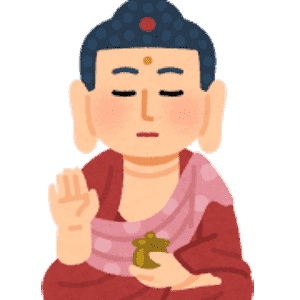
The temple still stands here, more than 1,200 years after its construction, and continues to protect the people and Kyoto.
It’s a very moving feeling when I think about it.
By the way, I suddenly remembered something.
Enryaku-ji. This temple is built on the direction of ‘the devil’s gate’ where so-called demons likely to gather. Saicho tried to expel demons that bring misfortune in the city by sealing the ‘devil’s gate’.
The time was in 794. Emperor Kammu moved the capital to Heian-kyo in this year.
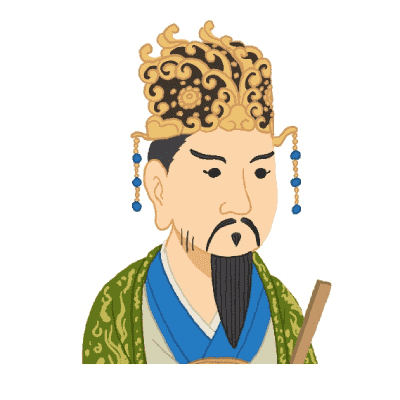
What he was most peculiar about in moving capital to Heisan-kyo was ‘how to seal the devil’s gate’.
The northern eastern direction of Heian-kyo (Chuin). That direction was called ‘the devil’s gate ‘, where the demons were likely to gather in ancient China. According to the Yin-Yang Dao, this direction was abhorred in all matters, as it was the gateway through which the spirits of evil and evil would gather, and through which a hundred demons would enter and leave the city. Therefore, shrines and temples were built in the direction of the demon’s gate to prevent demons (=evil spirits of rivers and mountains) from invading the capital by the power of the gods and Buddha. And one of their representatives were Hieizan Enryaku-ji.
Evil spirits of rivers and mountains.
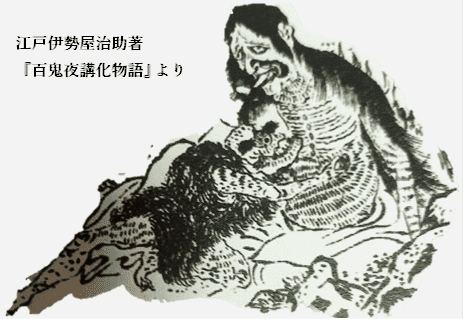
In Japan, since the Nara period (710 – 794), these have appeared in many documents as invisible beings or Mononoke that bring misfortune to people.
・The mountain demon is a type of demon of human face and demon body that arises from the mountain’s shouki, and is a monster of things that harm people.
・Deceptive spirits of the Moryo are spirits that arise from the spirits of natural objects such as mountains, rivers, trees and stones, and they have red eyes, long ears and beautiful hair, and human-like voices. They are said to bewitch people and eat the dead.
Deceptive spirits of rivers and mountains are all four letters associated with demons, but this does not refer to demons alone, but to all kinds of things that bring misfortune.
People in the capital believed that unforeseen natural disasters and illnesses were the work of demons, spirits, Aramaic spirits and other invisible entities, i.e. monsters. And they were very afraid of them.
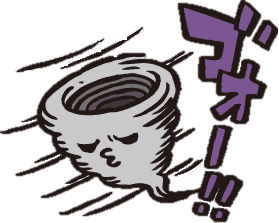
Unidentified and elusive monsters, including demons, calamities and diseases. These were collectively referred to as Mononoke (monsters) with fear.
It is said that Saicho built Enryaku-ji in the direction of the demon’s gate, where demons tend to gather, in order to contain evil spirits of spirits of rivers and mountains and to protect the capital from demons that bring misfortune to the capital.
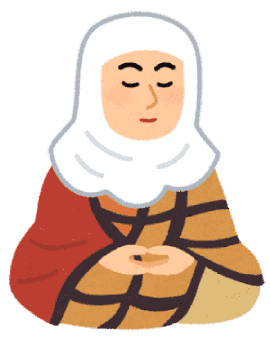
adsense2
Come to think of it, ・・・ reminded me of something else. There was this story about Enryaku-ji Temple, which protects the capital from demons.
There is a historical fact that, for example, throughout the Showa period (834-848), Buddhist rituals called Yakushi-kekka were frequently held at temples in the Shichikosan (seven high mountains in the Kinki region), including Enryaku-ji Temple, which surrounded Heian-kyo, to protect the capital from the gods of plague, which were believed to bring illness.
・Yakushi-kekka is a ritual for repenting to Yakushi Nyorai Buddha for the sins of evil karma in the body, speech, and mind, and for the destruction of these sins.
・Repentance means confessing one’s sins before the Buddha and asking for forgiveness.
And the typical content of Yakushi-kekka during this period is said to be something like this.
For three days, purifying monks who were selected by the state (the emperor) recited the Vajra Prajnaparamita Sutra during the day and perform the Yakushi-kekka at night.
During this period, killing is forbidden and ‘Josai’ (a festival to ward off the god of pestilence) is held at the border where there is an epidemic.
“Everything that exists in this world is tentatively there because of a combination of different conditions and causes. Therefore, all things are originally without fixed substance and without existence.” The power of this Prajna (empty space) curse was used to subdue the plague,
and to bring about the ‘extinction of sins’ for practitioners who recite the Prajna Sutra, he performed kekka to repent of sins to Lord Yakushi Nryorai.

By these actions, which are the source of good results, the invasion of the god of pestilence into Heian-kyo will be prevented, and the plague will be prevented from spreading.
・・・・What a profound story.
I turn my attention back to the Nemoto Middle Hall with a thought.

When you know history, you know that there is indeed a deep wisdom in it. In the case of Enryaku-ji, what you thought was just a temple is reborn as an entity with more depth and weight in your mind, with the addition of deep wisdom.
Thus, even today, through the history of Enryaku-ji and the demon’s gate, I was able to encounter a new ‘way of life’.
Reference books
“The journey of the national treasures and the history 3. The World of Yakushi Nryorai of Jingo-ji Temple (Asahi Encyclopedia of Japanese National Treasures, Supplementary Volume), 1999, Asahi Shimbunsha.
Iwanami Buddhist Dictionary, 2nd edn, ‘Enryaku-ji’, ‘The demon gate’, ‘kekka’, and repentance’. (2002, Iwanami Shoten).
Ryusaku Nagaoka, ‘Kekka and Buddhist statues: the role of Buddhist statues in kekka rituals’ (Nara National Museum Research Bulletin: ‘Rokuen Zasshu No. 8’, 2006).
Kyoto Makai map – A journey of Kyoto’s Backstory Romance Traced with Maps and Photos (Bessatu Takarajima 2356, 2105).
Mt. Hiei Enryaku-ji
- 〒520-0116
Shiga Prefecture Otu City Sakamoto Honmachi 4220 - TEL
TEL: 077-578-0001 (representative)
077-578-2139 (Inquiries about operation. Reception hours: 9 A.M. to 5 P.M.) - FAX: 077-578-0678
- URL: https://www.hieizan.or.jp/about
- X: https://twitter.com/enryakuji_hiei
- Facebook: https://www.facebook.com/hieizan.enryakuji/
- Instagram: https://www.instagram.com/enryakuji/
- Pilgrimage times and fees:
https://www.hieizan.or.jp/guide - Transportation access:
https://www.hieizan.or.jp/access - There are parking lots.
Free: East tower car park (car park 1)
Passenger cars: 270 (5 disabled parking spaces)
Large buses: 70 vehicles
Convenient for visiting the Nemoto Middle Hall and Grand Lecture Hall. Souvenirs can be purchased at the Enryaku-ji Bus Center shop on the way home from your visit.Free: West tower car park
Passenger cars: 75 (2 disabled parking spaces)
Large buses: 20 vehicles
Convenient for visits to Shakado, Benkei no Ninai-do and Jodoin.Free: Mine Road car park
Passenger cars: 50 (3 disabled parking spaces)
Large buses: 15 vehicles
Convenient for dining and drinking at the Hieizan Mine Road Restaurant. This is the nearest car park to the Seiryu-ji temple visit.Free: Yokogawa car park
Passenger cars: 80 (2 disabled parking spaces)
Large buses: 10 vehicles
Convenient for visiting Yokogawa Middle Hall and Gensan Daishi Hall.
Author
じゅうべい(Jubei)
Hello everyone. I am Jubei, an earthling whose energy does not stop today. What I like is playing (manga, movies, music (J-Rock, etc.) and visiting cafes). Thank you for your understanding.

